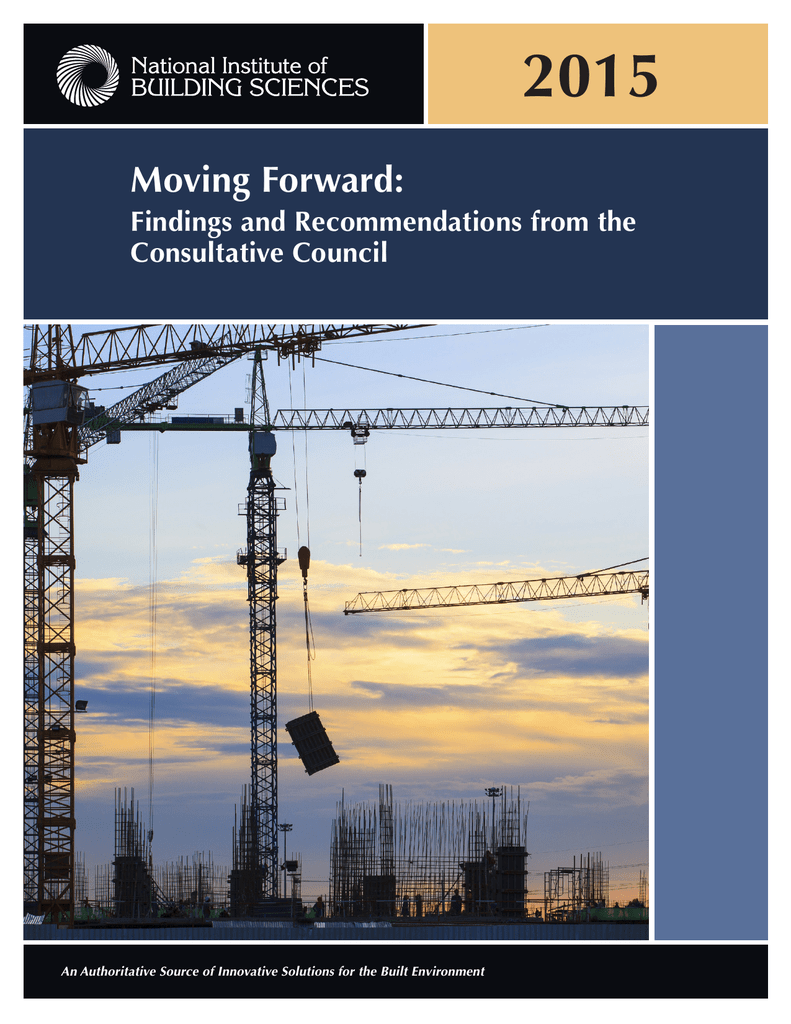
- #Project findings and recommendations report full
- #Project findings and recommendations report professional
For projects with specialized requirements, a team composed of external and internal reviewers could provide a balance between independence and the technical focus needed to effectively assess the inherent risks in proposed project scopes of work, budgets, and schedules, and to serve a broader audience.

In the long term, reviews can be conducted by teams using both internal and external reviewers as needed to address the critical issues presented by the project.
#Project findings and recommendations report full
As a result, the composition of an appropriate review team must be carefully considered to ensure that members have the appropriate expertise.Ĭurrently, IPRs primarily rely on reviewers from within the DOE community, who may lack full objectivity, while EIRs rely on reviewers from outside the DOE community, who may sometimes not have the requisite expertise. In addition, critical issues change over the course of a project’s development, with planning issues dominating in early stages and implementation issues becoming more important at later stages. For this reason, EIRs often require peer reviewers who have unique expertise. The nonroutine, sometimes unique, nature of DOE projects requires a case-by-case treatment. Assembling teams that have both expertise and independence can be difficult, especially for the complex, one-of-a-kind projects sometimes undertaken by DOE.ĭOE projects often involve specialized scientific equipment or innovative technologies with significant risks and implementation challenges. Because the cost and schedule baseline can be valid only if the scope is valid and stable, it is essential that the planning of IPRs and EIRs be coordinated to ensure that the risk associated with future scope changes are addressed in the baseline budget.įinding 2: The value of a peer review (IPR or EIR) depends, in large part, on the experience and expertise of the review team, its capacity to understand the requirements of the project, its independence, and its ability to make objective assessments and recommendations. The scope of work or the specific technical approaches and risks are assessed by IPRs. The result is an uncoordinated use of peer reviews throughout the department.Ĭurrently, EIR review teams focus on validation of the cost and schedule baseline. Current DOE practices disperse the responsibility for organizing the various types of reviews: contractors manage independent design and technical reviews, the PSOs manage IPRs, and the OECM manages EIRs. Because the responsibility for organizing the reviews is dispersed throughout the department, the planning of project reviews is not well coordinated.ĮIRs and IPRs are the predominant types of peer reviews initiated by the OECM and the PSOs. The committee’s findings and recommendations below address this view of the enhanced role of EIRs.įinding 1: DOE employs a variety of peer reviews to assess risk and other factors that bear on design, safety, cost estimates, value engineering, and project management. In addition, EIR reports can be a source of valuable lessons learned which could be used to help improve project management within the DOE. The value and cost-effectiveness of EIRs would be enhanced if they were planned more carefully with the broader involvement of all stakeholders, tailored in a more flexible manner using a collaborative process, and integrated into the complete portfolio of reviews that are used to monitor and support DOE projects. Further, the benefits of peer reviews often accrue in the form of avoidance of future problems and increased confidence in project performance, benefits which are difficult to quantify.

#Project findings and recommendations report professional
However, DOE project directors and program managers reported additional benefits from both EIRs and IPRs including professional development, management process improvement, transfer of lessons learned from other sites and projects, and improved communication between DOE staff and contractor personnel.

If EIRs are intended only to validate project performance baselines, then the current review planning procedures, the practice of employing outside contractors responding directly to the OECM, and the use of a standardized set of key review elements might be appropriate. DOE policies designate EIRs as the primary process for validating project performance baselines before submitting a request for project funding to Congress. The committee’s charge calls for advice on how EIRs can be tailored to a mix of project types to ensure that essential information is provided at the optimum point in the CD process and that resources are used effectively.


 0 kommentar(er)
0 kommentar(er)
